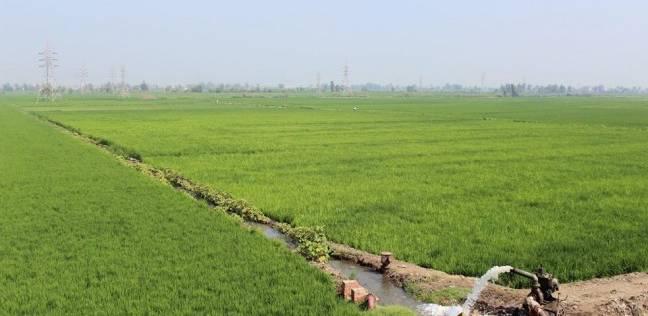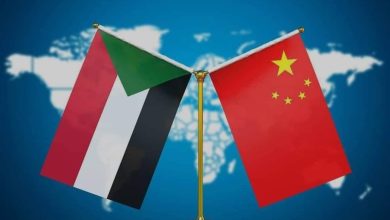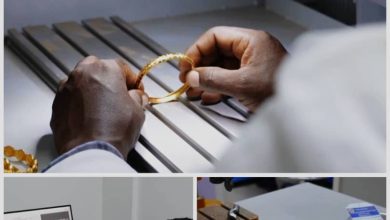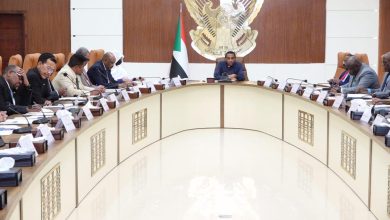South Kordofan Targets Cultivation of 3 million acres

Sudan Events – Nahid Oshi
Government of South Kordofan revealed the total targeted areas for cultivation, which amount to 3 million acres, focusing on the eastern localities.
Director General of the Ministry of Production and Economic Resources in the state, Hamid Al-Raqiq Allah Jabo, said that production inputs have been provided for the Al-Tayyara and “Babanjil” projects, while the shortage is being filled through commercial fuel available in pumps at SDGs15,000 per gallon.
Regarding the position of seeds, he announced that they were not available through the government due to the current circumstances, while they were provided through partners in the FAO, which provided 950 tons of corn seeds and Wad Ahmed, of which 800 tons were distributed to the eastern localities and 150 tons to the western localities (they have not arrived yet).
He continued, “There are also vegetable and fruit seeds,” indicating that the crop composition is represented by corn in its various types, sesame, millet, cowpeas and watermelon seeds.
He acknowledged the existence of challenges facing the agricultural season, most notably security threats, clashes between shepherds and farmers, the presence of “DC” forces from the state of South Sudan, and agricultural pests (night locusts) that are being combated this year with ground equipment in the localities of Abu Jibeiha and Qadeer.
He pointed out that there is a plant protection unit in the eastern region that was able to provide pesticides from Sennar and Gedarif, while in the western localities, he indicated that there are no pesticides due to the road being cut off.
He explained that the state government, under the auspices of the governor, will start implementing a project for small farmers in the villages of Kadugli locality on July 1st, targeting small farmers to cultivate an area of less than 2 acres for free with the machinery of the Ministry of Production and funding from the Ministry of Finance.
Regarding the strategic stock of corn, he explained that the eastern localities have it in the warehouses of the Agricultural Bank and the value of a bag of corn in the market is between 80,000-90 ,000 while the western localities face a food gap and a scarcity of corn.



